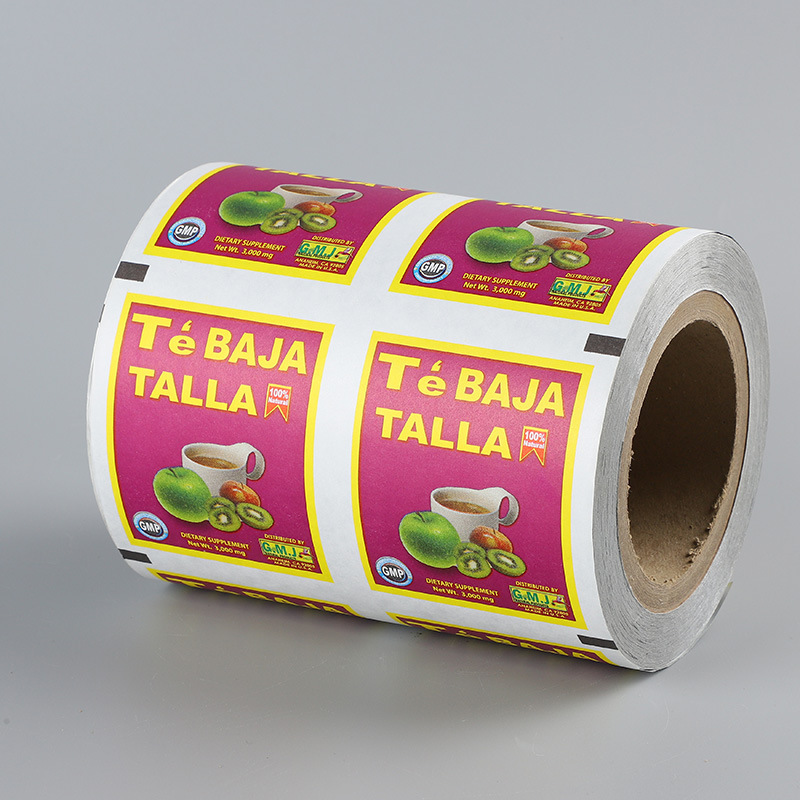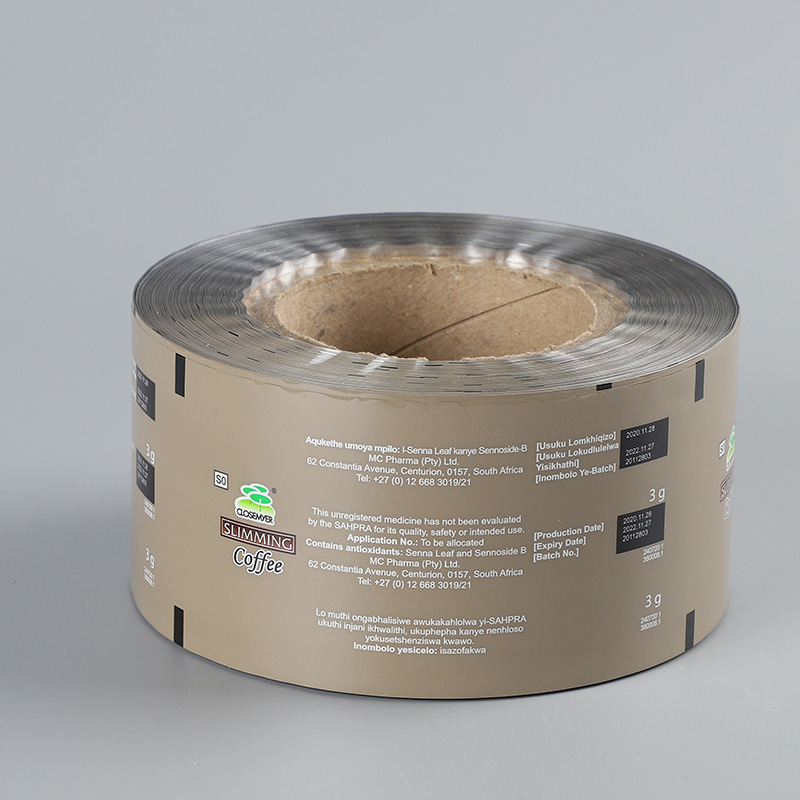In the vast world of food packaging, soft packaging film roll has won widespread market favor due to its lightweight, beautiful, and easy to process characteristics. However, while pursuing design innovation and packaging aesthetics, we often overlook the understanding of the characteristics of packaging materials themselves. Today, let’s unveil the mystery of food soft packaging film and explore how to achieve a tacit understanding with printing substrates in packaging structure design, making packaging more perfect.
Abbreviated names and corresponding characteristics of plastics
Firstly, we need to have a basic understanding of commonly used plastic materials. In food soft packaging films, common plastic materials include PE (polyethylene), PP (polypropylene), PET (polyethylene terephthalate), PA (nylon), etc. Each material has its unique physical and chemical properties, such as transparency, strength, temperature resistance, barrier performance, etc.
PE (polyethylene): This is a common plastic material with good transparency and flexibility, while also relatively low cost. However, its temperature resistance is poor and it is not suitable for packaging food that is cooked or frozen at high temperatures.
PP (polypropylene): PP material has high temperature resistance and can withstand high temperatures without deformation, so it is commonly used in food packaging that needs to be steamed or frozen.
PET (polyethylene terephthalate): PET materials have excellent transparency and strength, as well as good temperature resistance and barrier properties, so they are commonly used in food packaging that requires high transparency and strength.
PA (Nylon): PA material has excellent barrier properties, which can effectively prevent the penetration of oxygen and water, and maintain the freshness of food. But compared to other materials, the cost of PA is higher.
How to choose food packaging materials
After understanding the characteristics of various plastic materials, we can choose suitable materials for packaging structure design based on the characteristics and needs of the product. At the same time, when selecting printing substrates, the printing suitability and cost of the materials should also be considered.
Select appropriate materials based on product characteristics: for example, for food that needs to be steamed or frozen, we can choose PP materials with good temperature resistance; For products that require high transparency and strength, we can choose PET material.
Consider printing suitability: Different materials have different requirements for ink adhesion and dryness. When selecting printing substrates, we need to consider the printing suitability of the materials to ensure the aesthetic and long-lasting printing effect.
Cost control: While meeting product characteristics and printing suitability, we also need to control costs as much as possible. For example, when available, we can prioritize PE materials with lower costs.
In summary, in the packaging structure design of food plastic packaging films, it is not necessary to have a thorough understanding of printing substrates, but a basic understanding is also necessary. Only in this way can we ensure the safety and freshness of food while designing beautiful and practical packaging.
Post time: Jun-04-2024







